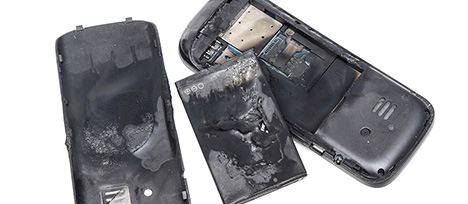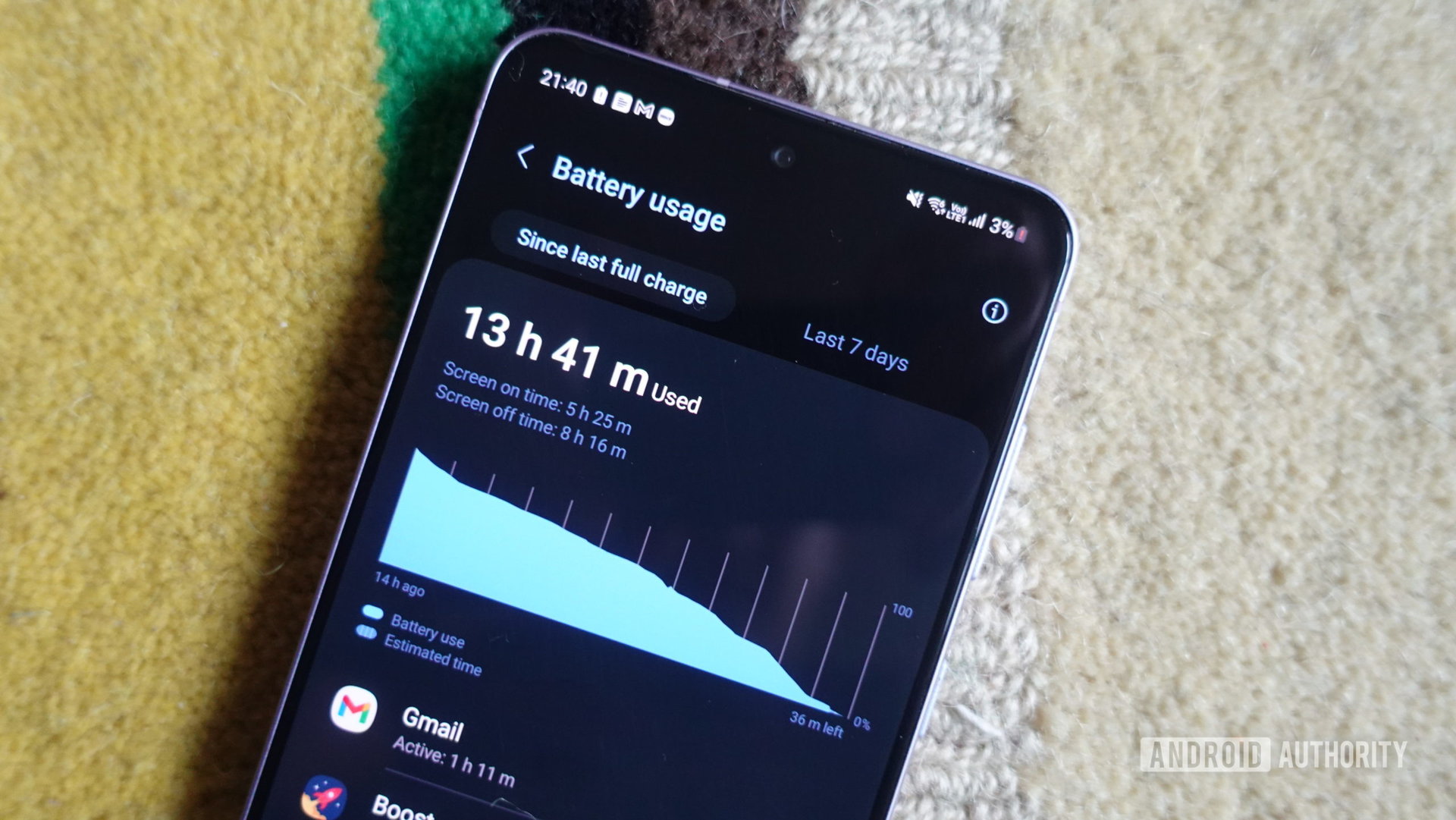- Joined
- May 25, 2017
- Messages
- 8,491
- Reactions
- 7,976
- Age
- 61
..
The recent Gator / drone post here . . .
 mavicpilots.com
mavicpilots.com
. . . shows vastly different advice / opinions regarding dealing with lipo / lithium fires.
I didn't want to clutter up the thread there, so started this one . . . read the above for a bit of background, down to my post diverting here . . .
..
Hmm, ok big news to me, so I'm glad it has been brought up.
Very interesting video posted by BigAl07.
I really hate seeing this go from the poor alligator to lithium and water, but it's important to find out what is correct here.
Copious amounts of water are what you are supposed to do when the lipos start getting hot, smoking, to cool them before they flame out.
Fire brigades use that 30,000 - 40,000 gallons of water on Tesla battery fires that have flamed out, you'd think they know (?).
It's been discussed many times on the forum, and specific threads have shown airlines themselves follow this procedure.
One thread I actually started after finding the current Airbus lithium battery procedure . . .
 mavicpilots.com
mavicpilots.com
Right down near the bottom, flight crew procedures.
I re read a lot of info just now, and some of it says after an airline cabin lithium fire where the crew has extinguished any flame out . . .
It'd be good to get some opinions on this, and there is certainly some very conflicting info..
Firstly, are lipo and general lithium batteries the same in this regard ??
I always thought they were, as they treat a laptop, phone, or lipo battery fire the same.
Other links I found referring to use water to cool the battery . . .
CASA (Australian equivalent of FAA)

 www.casa.gov.au
www.casa.gov.au
FAA info (link to following NBAA article)
Lithium Battery Safety Resources

 nbaa.org
nbaa.org
And a really interesting chart that's been posted here before, up to date (end June 2021) FAA listing showing all lithium fire incidents since 2006.
The recent Gator / drone post here . . .
Alligator Snatches Drone from the air and "smokes" (Graphic Content)
And we wonder why we aren't liked by everyone and why we aren't allowed in most parks etc where wildlife abounds. This is a classic example of WHY we are so restricted (PITA is going to have a field day here). As if we needed any more "groups" being Anti-Drone . . .
. . . shows vastly different advice / opinions regarding dealing with lipo / lithium fires.
I didn't want to clutter up the thread there, so started this one . . . read the above for a bit of background, down to my post diverting here . . .
Very toxic and Hot once that battery is exposed to water…
MA2" data-source="post: 1305235" class="bbCodeBlock bbCodeBlock--expandable bbCodeBlock--quote js-expandWatch">No no no
Water a bad idea. Lithium reacts aggressively with water
This is an oldie but goodie:
..
Hmm, ok big news to me, so I'm glad it has been brought up.
Very interesting video posted by BigAl07.
I really hate seeing this go from the poor alligator to lithium and water, but it's important to find out what is correct here.
Copious amounts of water are what you are supposed to do when the lipos start getting hot, smoking, to cool them before they flame out.
Fire brigades use that 30,000 - 40,000 gallons of water on Tesla battery fires that have flamed out, you'd think they know (?).
It's been discussed many times on the forum, and specific threads have shown airlines themselves follow this procedure.
One thread I actually started after finding the current Airbus lithium battery procedure . . .
Lithium batteries - Safe to fly ? (An article by Airbus)
.. This link was posted by another member the other day, and I just referred to it on another thread . . . it really deserves its own thread, as lithium batteries can be dangerous. This is written in regards to air travel, particularly how to deal with a fire incident on a plane, but easily...
Right down near the bottom, flight crew procedures.
I re read a lot of info just now, and some of it says after an airline cabin lithium fire where the crew has extinguished any flame out . . .
- Once there are no more open flames:
- If it is not possible to remove the burning/heating device from flight deck, pour water or non-alcoholic liquid on the device to cool it down. Be aware of possible explosion. Tests completed by Airbus have confirmed that a small quantity of water aimed at the device is sufficient to cool it and mitigate the consequences of the thermal runaway.
- If it is possible to move the device: transfer it to the cabin and use the Cabin Crew Lithium battery procedures to secure it, by immersion in water or non-alcoholic liquid.
It'd be good to get some opinions on this, and there is certainly some very conflicting info..
Firstly, are lipo and general lithium batteries the same in this regard ??
I always thought they were, as they treat a laptop, phone, or lipo battery fire the same.
Other links I found referring to use water to cool the battery . . .
CASA (Australian equivalent of FAA)
Cabin Safety Bulletin No.10 - Management of lithium battery fires
Cabin Safety Bulletin No.10 - Management of Lithium Battery Fires
FAA info (link to following NBAA article)
Lithium Battery Safety Resources

The Dangers of Lithium Battery Fires – And What to Do in Flight
The Samsung Note 7, the device banned from flight by the FAA, is “only a symptom of a problem with all lithium ion batteries,” Cox told the standing-room-only crowd. “We’re flying more and seeing more devices on airplanes. It’s going to come up again.”
 nbaa.org
nbaa.org
And a really interesting chart that's been posted here before, up to date (end June 2021) FAA listing showing all lithium fire incidents since 2006.













